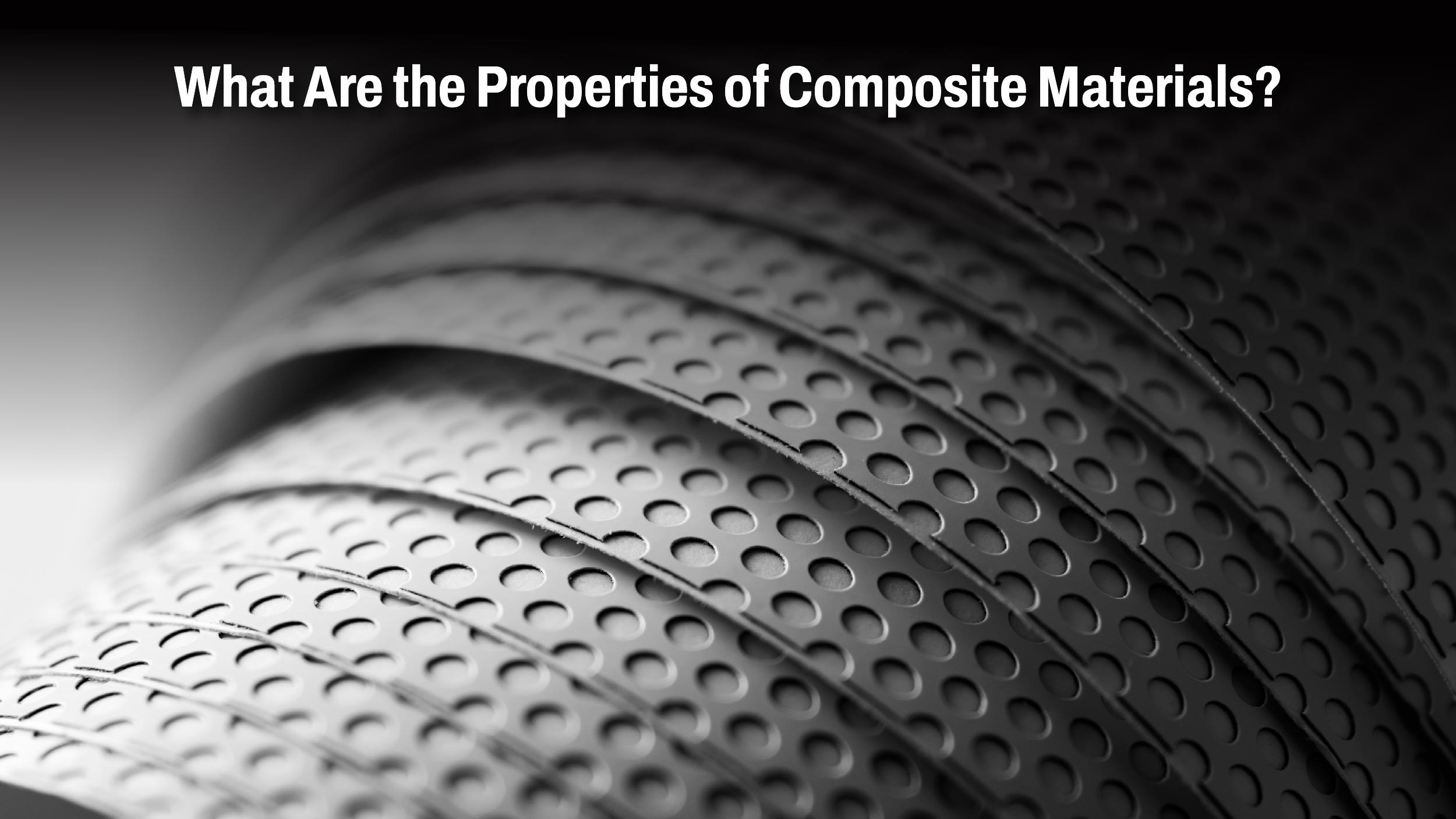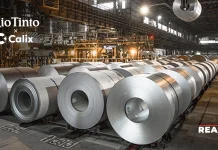What are Composite Materials?
Composite materials (composition material or composite) are composed of two or more constituent materials having distinctly different physical or chemical properties that come together to form a material with unique qualities not found in any of the constituent materials alone. From Mesopotamian wood bonding to contemporary aerospace applications, composites embody a rich history of craftsmanship and technological evolution.
What Is Composite Material Made Of?
At the heart of composite materials lies a meticulous combination of matrix and reinforcement materials. This exploration delves into the roles of polymers, ceramics, and metals as matrices, while fibers like carbon, glass, and Kevlar® serve as crucial reinforcements. This integration of components yields a material with heightened strength, rigidity, and flexibility—an amalgamation that defines the essence of composite.
How Are Composite Materials Manufactured?
The manufacturing processes of composite unfold in a diverse array of methods. Focusing on glass, carbon, and Kevlar fibers bonded with resins, we unveil the intricate techniques behind their creation. From pre-impregnation to curing, each step contributes to the synthesis of a finished part, revealing the complexity and artistry involved in crafting a composite.
Some of the prominent composite materials companies include Hexcel, Alex Aluminium Composite Panel, Citius Composites, and many others.
What Are the Properties of Composite Materials?

The properties of composite form a diverse tapestry, each thread contributing to its exceptional nature. From high strength-to-weight ratios to chemical stability, this section unravels the ideal conditions under which composites excel. These properties position composites as superior alternatives, particularly in applications where a combination of strength, resilience, and adaptability is paramount.
Also Read : Supply Chain Visibility: A Guide to Navigating Success
Chemical and Physical Properties of Composite Materials
Composites result from the amalgamation of two or more constituent materials possessing notably dissimilar chemical or physical properties. Through this fusion, a specialized material is crafted, exhibiting properties distinct from the individual elements. These properties may include heightened strength, reduced weight, or enhanced resistance to electricity. Notably, the individual elements within the composite maintain their separate and distinct identities within the final structure, setting composites apart from mere mixtures and solid solutions. Engineered composites, such as reinforced concrete, composite wood, reinforced plastics, and ceramic matrix composites, exemplify this innovative approach. The physical and chemical attributes of composite materials can be meticulously tailored, allowing for the attainment of high chemical stability, corrosion resistance, controlled electrical and thermal conductivity, as well as flame resistance. Beyond these advantages, composites provide design flexibility and contribute to a reduction in parts count, rendering them highly appealing across various industries for diverse applications.
What are the types of Composites?
A diverse array of composites exists, each presenting distinctive properties and applications tailored to specific needs. Here are some common types:
- Reinforced Concrete and Masonry: Widely employed in construction for its augmented strength and durability.
- Composite Wood: Examples, such as plywood, unite wood and adhesive to yield a robust and versatile material.
- Reinforced Plastics: Encompassing fiber-reinforced polymer (FRP) and fiberglass, recognized for their high strength-to-weight ratio and resistance to corrosion.
- Ceramic Matrix Composites: Blending ceramic and metal matrices, offer resistance to high temperatures and robust mechanical strength.
- Metal Matrix Composites: Incorporating metal matrices with reinforcing elements, enhances mechanical properties and thermal conductivity.
- Polymer Matrix Composites (PMCs): Featuring short or continuous fibers embedded in a polymer matrix, PMCs deliver heightened mechanical properties.
- Ceramic Matrix Composites (CMCs): Fusion of ceramic matrices with reinforcing elements, providing resilience against high temperatures and robust mechanical strength.
- Other Advanced Materials: Tailored for specific applications, these composites draw inspiration from natural sources, boasting a low carbon footprint.
These composites find widespread use across industries like construction, aerospace, automotive, and marine, owing to their unique amalgamation of properties and remarkable versatility.
How Do Composite Materials Revolutionize 3d Printing In Aerospace?

Composites play a pivotal role in 3D printing within the aerospace sector, providing aircraft with a winning combination of reduced weight and enhanced structural resilience. By amalgamating various materials synergistically, 3D printing with composites yields structural advantages such as heightened strength, lower weight, and increased resistance to wear. It’s worth noting, though, that 3D-printed composites come with limitations—they lack biocompatibility and can incur higher costs.
The aerospace industry is actively embracing 3D printing, particularly for small-to-medium production volumes and for validating part design and functionality. This cutting-edge technology facilitates the production of intricate, lightweight components, ultimately contributing to more efficient and cost-effective aircraft manufacturing. However, the industry faces challenges in gaining approval for parts manufactured with new materials, given the critical role regulations and compliance play in the aerospace sector.
Disadvantages of Using Composite Materials
Utilizing different types of composite presents a multitude of advantages, including reduced weight, optimal strength and stiffness, enhanced fatigue life, corrosion resistance, and lower assembly costs due to fewer parts and fasteners. Nevertheless, there are several drawbacks as well:
- Brittleness: Composites exhibit higher brittleness compared to traditional metals, making them more susceptible to damage.
- Repair Challenges: Repairing composites proves more intricate and costly than repairing metals. Moreover, these materials necessitate refrigerated transport and storage, adding complexity to maintenance procedures.
- Temperature Sensitivity: The resin in composites weakens around 150 degrees Fahrenheit, requiring extra precautions against fires. Structural failure can occur at temperatures exceeding 300 degrees.
- Toxic Fumes: Burning composites releases toxic fumes and micro-particles, posing significant health risks.
- Detection of Damage: Composites resist breaking, making it challenging to identify interior structural damage. This differs from metals, which bend and dent more readily, facilitating the detection of repair needs.
While acknowledging the numerous benefits of composites, it’s crucial to weigh these disadvantages when assessing their suitability for various applications, including in the aerospace industry.
Winding Up
Composite materials present a unique and promising solution across a wide range of industries, offering a multitude of advantages such as a high strength-to-weight ratio, corrosion resistance, and design flexibility. As the demand for lightweight, durable, and high-performance materials continues to grow, the potential for composites to revolutionize numerous industries, including aerospace, automotive, construction, and beyond, remains significant. It is essential to carefully consider both the advantages and disadvantages of composites to ensure their effective and safe utilization in various applications, driving innovation and progress in the modern world.




